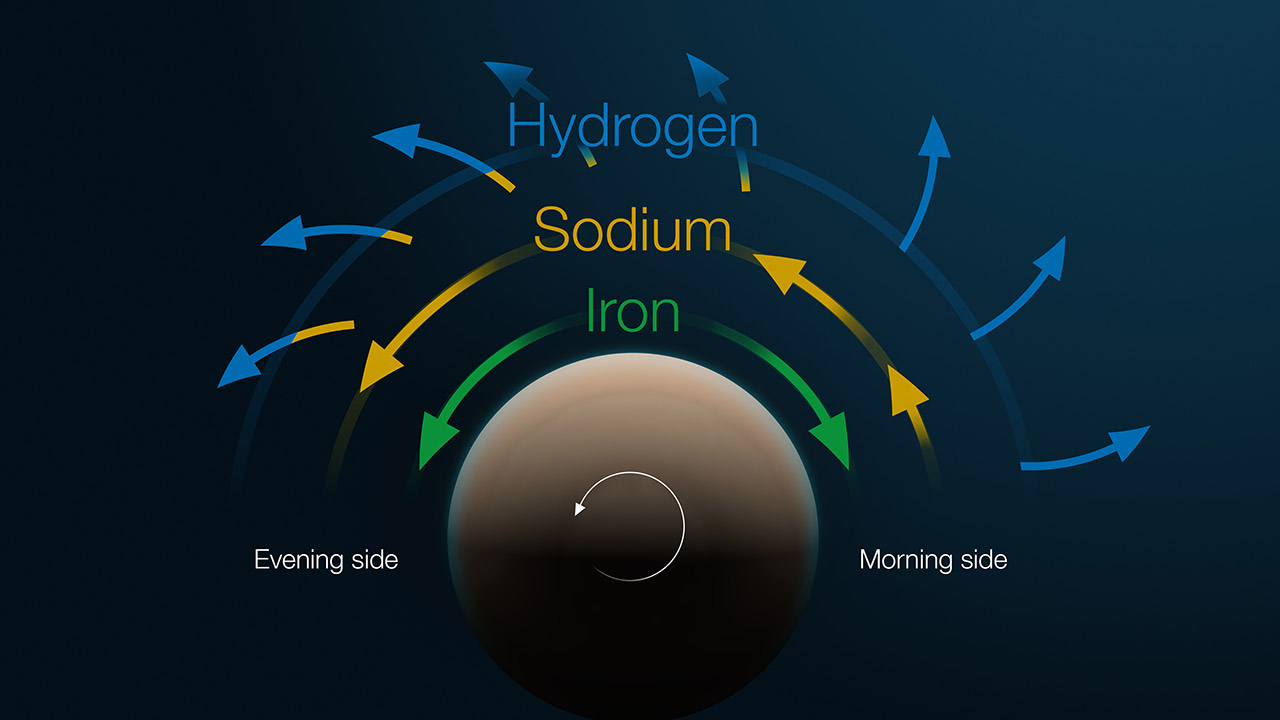
Astronomers have mapped the 3D structure of an exoplanet’s atmosphere for the first time. WASP-121b, also called Tylos, is located approximately 900 light-years away in the constellation Puppis.
This exoplanet is classified as an ultra-hot Jupiter, a gas giant orbiting its host star so closely that a year there lasts only about 30 Earth hours. This means that one side of the planet is scorching, as it is always facing the star, while the other side is much cooler. Mapping its 3D structure required the team using the ESPRESSO instrument on ESO’s VLT to combine the light of its four large telescope units into a single signal. Observing the planet for one full transit in front of its host star enabled ESPRESSO to detect signatures of multiple chemical elements, probing different layers of the atmosphere as a result.
- Superior Optics: 400mm(f/5.7) focal length and 70mm aperture, fully coated optics glass lens with high transmission coatings creates stunning images...
- Magnification: Come with two replaceable eyepieces and one 3x Barlow lens.3x Barlow lens trebles the magnifying power of each eyepiece. 5x24 finder...
- Wireless Remote: This refractor telescope includes one smart phone adapter and one Wireless camera remote to explore the nature of the world easily...

What we found was surprising: a jet stream rotates material around the planet’s equator, while a separate flow at lower levels of the atmosphere moves gas from the hot side to the cooler side. This kind of climate has never been seen before on any planet. Even the strongest hurricanes in the Solar System seem calm in comparison,” said Julia Victoria Seidel, a researcher at the European Southern Observatory (ESO).










